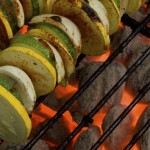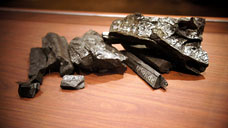Walk down any Sudbury street in the summer and you’re likely to get a whiff of something cooking on the backyard grill. It’s a staple of almost every home, but most homeowners (and BBQ owners, of course) don’t know very much about what makes their grill good or not so...
BBQ
BBQ Recipes Certified Delicious by Nordic Energy
BECOMING A GRILL MASTER, ONE RECIPE AT A TIME Doesn’t thinking about a BBQ dinner make your mouth water? How many times have you taken a walk around the block and enjoyed the delicious aromas of your neighbour’s burger, hot dog, steak, salmon, or veggies being grilled...
What to Look for in a Grill
All of us are familiar with life’s most famous and timeless debates: The Beatles vs. The Stones, mustard vs. ketchup, a charcoal vs. a gas grill. Those on either side may say that they all come down to a matter of taste. When it comes to cooking on grills, however,...



